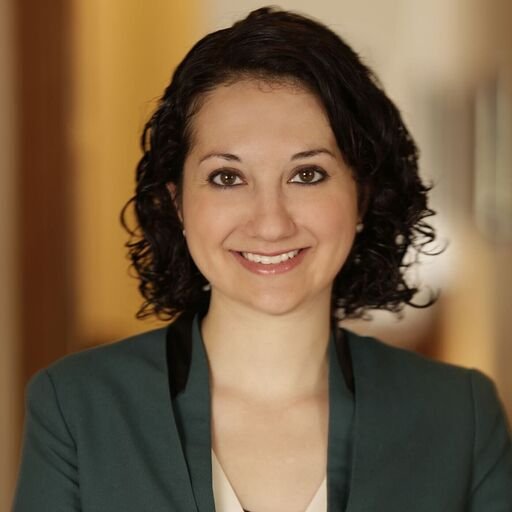To help your child separate fact from fiction, teach them to: be skeptical, use credible sources, think critically, and embrace learning through science. Start early, and weave these lessons into everyday life.
Back when we were young, we Nerdy Girls used encyclopedias, reference books, and textbooks to learn. These days, we are surrounded by a sea of information, from Google, to Wikipedia, YouTube, and Facebook to the latest player on the scene: ChatGPT. These vast resources are a blessing and a curse. We can learn from a pro how to make slime or throw a javelin (last night’s YouTube mission), but we can also find 10 different answers to a question like “who invented the internet?”
Here are some practical tips from Those Nerdy Girls:
![]() Be skeptical
Be skeptical
We are open with our kids about the fact that you can’t trust everything you read on a label or in an advertisement and teach them to be leery of people trying to sell something. We also discuss the motives behind such scams – primarily money, but also followership. Every time your kids beg you to buy a product with outlandish claims is an opportunity to practice skepticism!
![]() Identify credible sources
Identify credible sources
We teach our kids what the gold standard information source is – a consensus statement (agreement) from qualified experts – and what this means. What does a qualified expert look like? Why is Health Canada a better resource than a self-proclaimed expert on TikTok? We bring this discussion to life during research projects for school or personal interest, by comparing results from different sources. Likewise, when our kids say “guess what I just learned?”, we always ask: “where did you learn that?”
![]() Think critically
Think critically
We talk to our kids about the fact that human brains are wired to make certain mistakes because we are trying to make sense of the world. We gently point out common logical mistakes – like assuming that a bad event was caused by something you did earlier (just because X happened right before Y, doesn’t mean X caused Y!). Relatable examples can be very helpful. For example: “Remember when you felt sick from that tummy bug at school? We thought at first it was from the food you just ate, but then figured out it was from your classmate.”
![]() Embrace curiosity and science
Embrace curiosity and science
Teach your kids that we can all use science to learn about the world – not just lab scientists! Evidence suggests that cultivating curiosity about the world, and science, can protect against misinformation. The key message is that science is a process, not a set of facts. With science, we test and refine our ideas through the scientific method. This approach is flexible, open for debate, and can help us answer a wide array of the world’s most challenging questions.
We Nerdy Girls have a lot of fun developing and testing theories with our kids. Sometimes, it’s a thought experiment – if X causes Y, what do you think will happen to Y if we change X? Sometimes, we cook up real experiments – like messing with recipes to tease out the role of different ingredients. When designing experiments, we always test one factor at a time, keeping others constant. When possible, we also test for reproducibility – do I get the same result next time?
The Bottom Line
Knowing what – and who – to believe, are vital life skills in today’s wild information environment. To equip your kids for success, help them be skeptical, identify credible sources, think critically, and embrace science. Start early and seize daily opportunities to build their skills – and yours!
~~~~~~~~~~~~~~~~~~~~~~~~~~~~~~~~~~~~~~~~~~~~~
Related content from Those Nerdy Girls
Tips for respectfully engaging with people who believe conspiracy theories
Fight Like a Nerdy Girl: The Dear Pandemic Playbook for Combating Health Misinformation
Those Nerdy Girls Live: Triple Threat Thanksgiving & Science Denial
Resources



